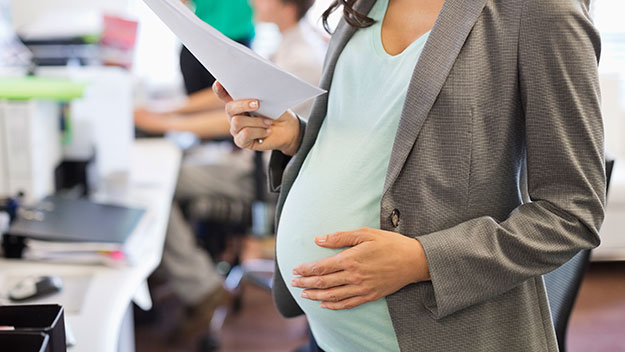According to the new ‘Modern Family’ report by AMP and the National Centre for Social and Economic Modelling, more than half a million women now earn more than their partners – 140,000 more than 10 years ago.
Tasmania tops the list, with the number of female breadwinner households at 35 per cent, followed by NSW and Victoria at 26 per cent, Queensland at 24 per cent and South Australia at 22 per cent.
Western Australia has the lowest number of female breadwinner families at 18 per cent, due to the bigger pay packets often earned by men in the mining industry.
The report also found that families on lower incomes are more reliant on female breadwinners. Around 27 per cent of double-income families with low household earnings and 25 per cent of middle-income families have a female breadwinner.
Only 17 per cent of high income families have a female breadwinner.
According to the new research, women are also more likely to come to the rescue when times get tough. The number of female breadwinners rose across all income levels during the Global Financial Crisis, from 22 per cent to 24 per cent.
The number of families with women as the main earner decreases once children come into the picture. Around 52 per cent of female breadwinner households are couples without children, while almost 55 per cent of male breadwinner households are those with dependent children.
Despite the increase in the number of female breadwinner families, women are still earning less than men. Female breadwinner households currently bring in $2,375 in weekly earnings – around $100 less than male breadwinner households, which have an average weekly income of $2,480.
One of the main reasons that more women are taking responsibility for bringing home the bacon is to ease the burden of the rising cost of living. However as women carry bigger loads in the workforce it’s likely to become more challenging to maintain the work-life balance.
While women are very good at juggling many balls in the air at once, we do need to make sure our hard work is not in vain. By managing our money wisely, we can ensure the effort we put in now has long-term financial benefits. Financial stability is one of the most important things we can provide our families, yet when it comes to money issues many of us bury our heads in the sand and hope for the best.
It’s important we don’t just work hard, but work smart; and that starts with making sure our financial ducks are all in a row. All families should have a household budget and a strategy for paying off debt. It’s also essential to have adequate insurance, an emergency fund for life’s unexpected expenses and a savings plan for retirement. If you need help to get on track, don’t be afraid to visit a financial planner for advice. Regardless of your income or stage in life, they can help you get your finances on track and build wealth for the future.
Dianne Charman is an Authorised Representative of AMP Financial Planning Pty Ltd, ABN 89 051 208 327, AFS Licence No. 232706. Any advice given is general only and has not taken into account your objectives, financial situation or needs. Because of this, before acting on any advice, you should consult a financial planner to consider how appropriate the advice is to your objectives, financial situation and needs.
To find your nearest AMP financial planner visit www.amp.com.au/findaplanner.



